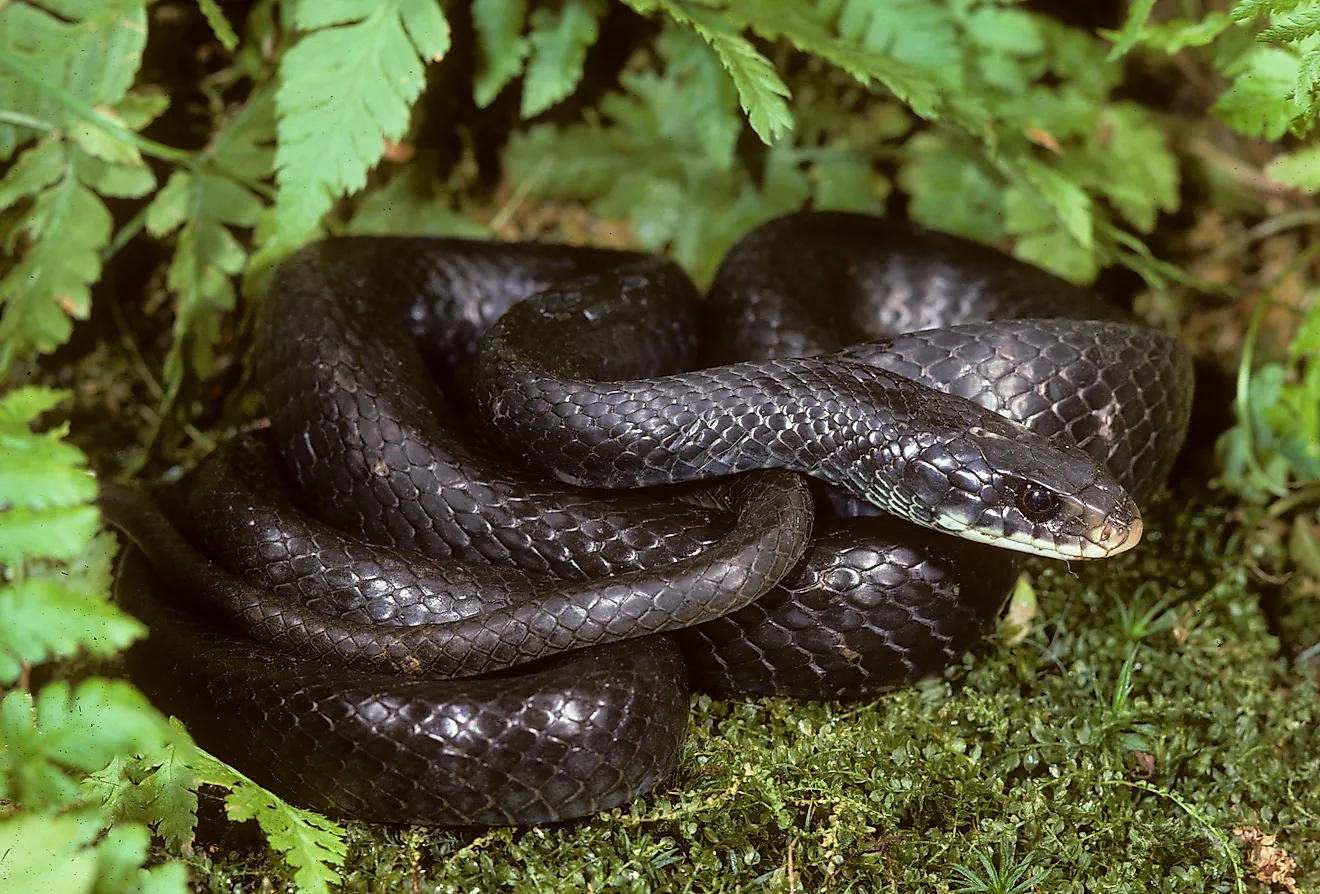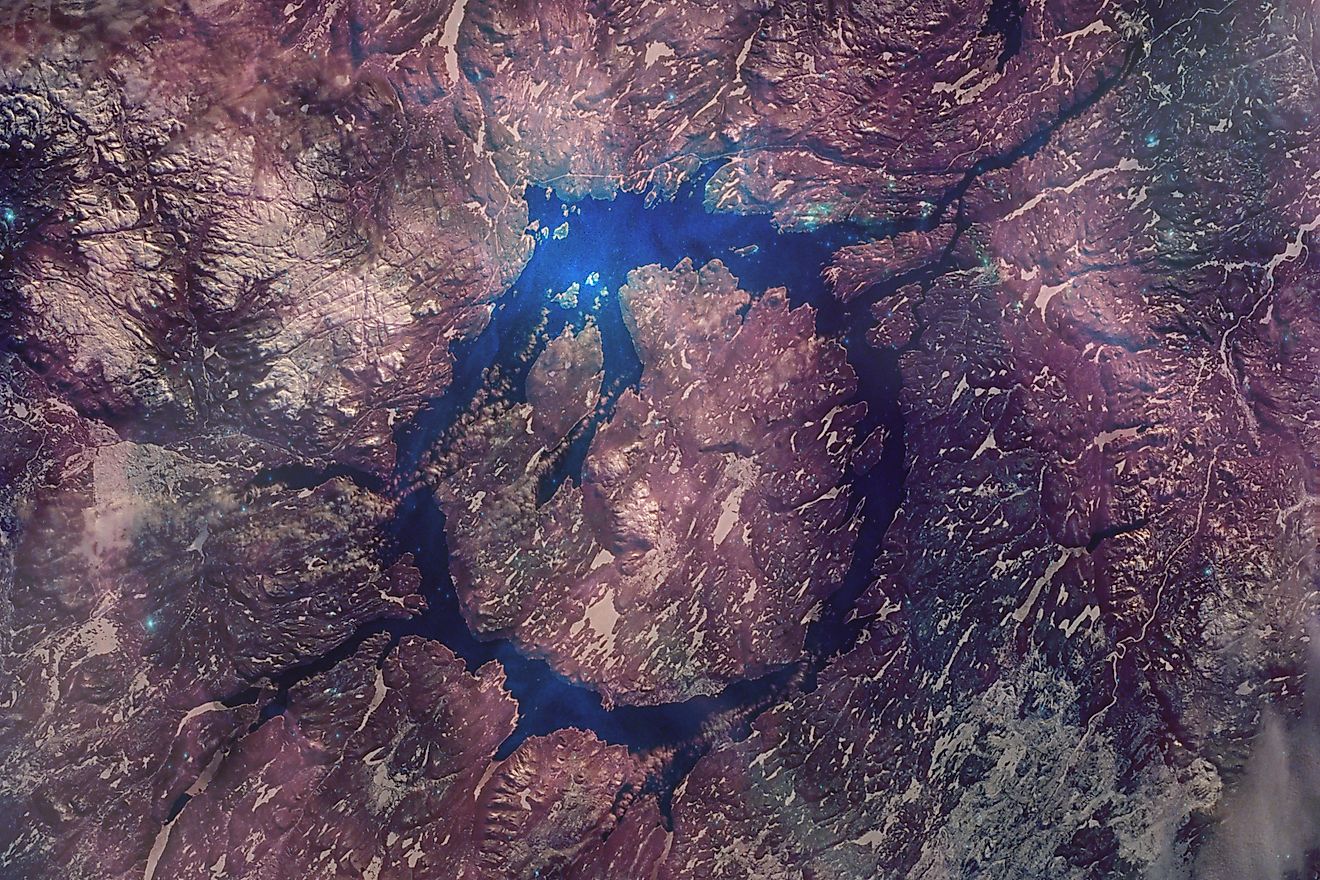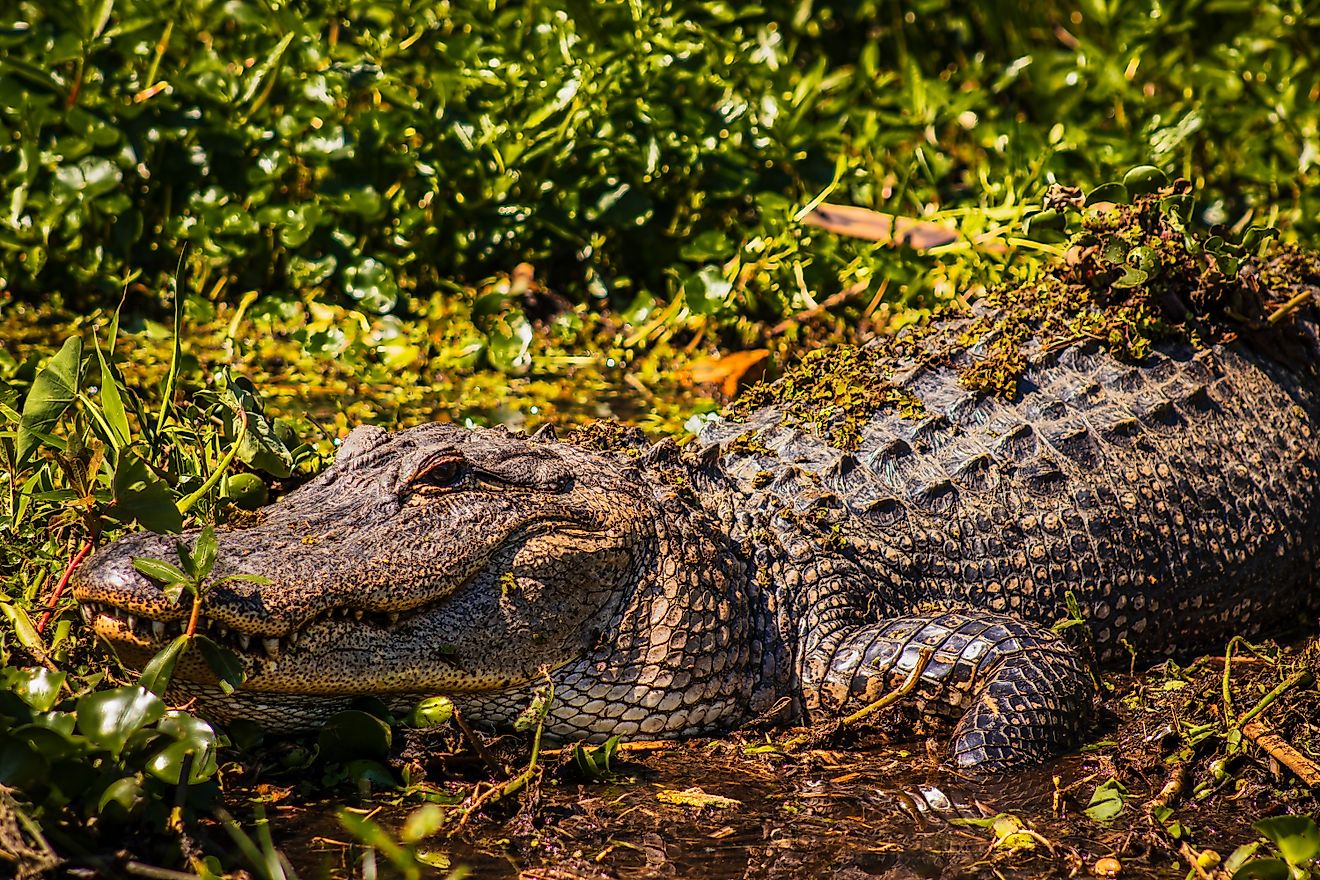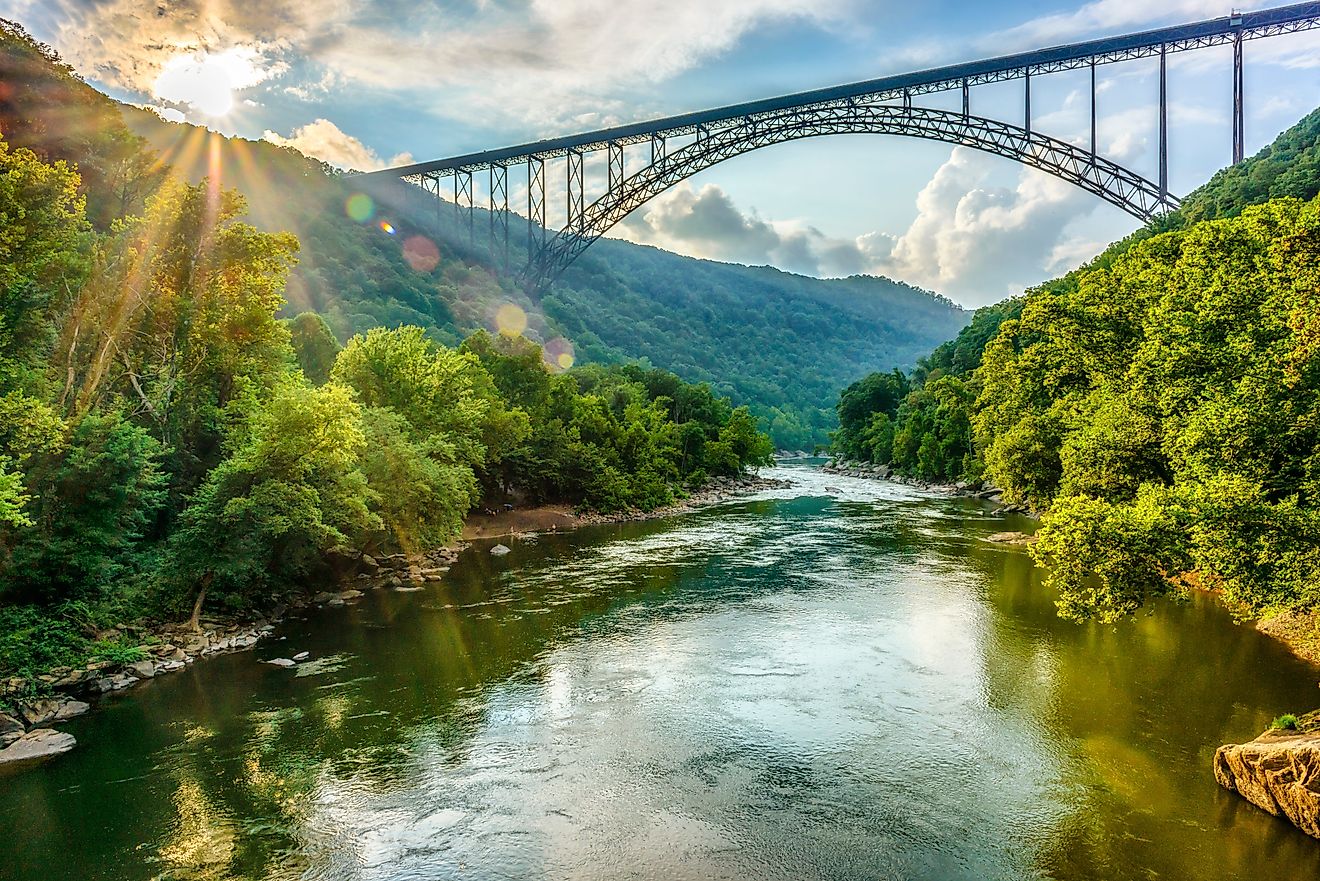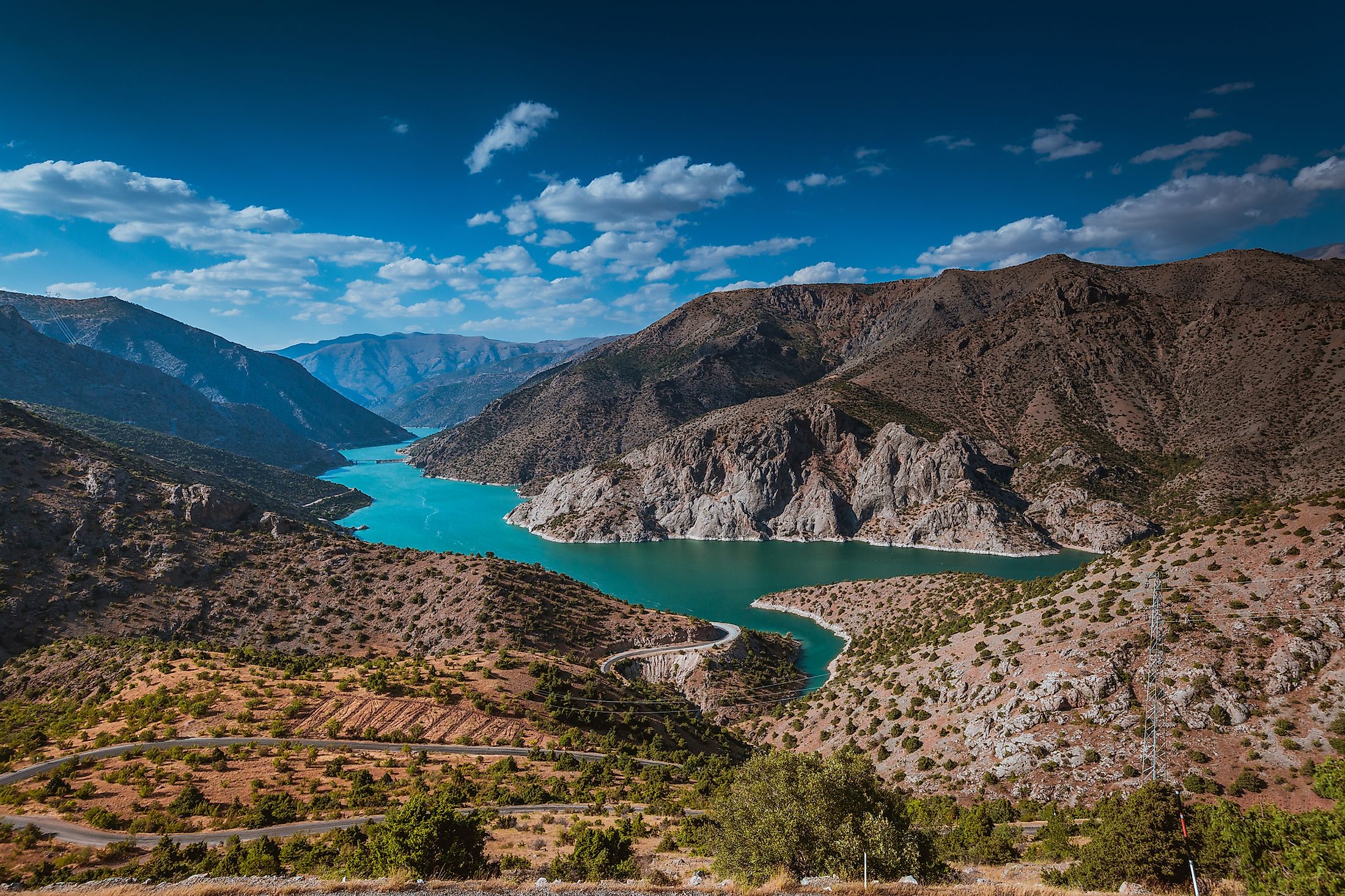
Euphrates River
The Euphrates River is considered Western Asia’s longest river that has a length of about 2,800km. The river originates in the Armenian Highlands of southeastern Turkey and then flows through the countries of Syria and Iraq, where it meets with the Tigris River and finally drains into the Persian Gulf.
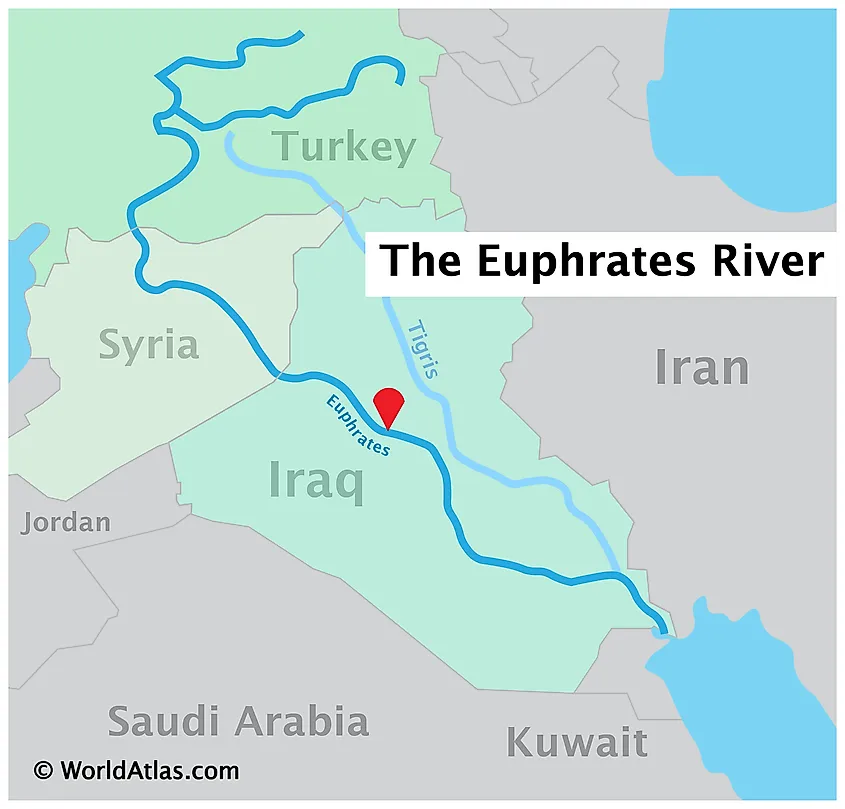
The Euphrates River flows parallelly with the Tigris River and along with all their tributaries form the large Tigris-Euphrates River System. Both the Euphrates and Tigris Rivers are regarded as important rivers in the Fertile Crescent region and the Tigris-Euphrates River valley has served as a cradle for several ancient civilizations.
Geography
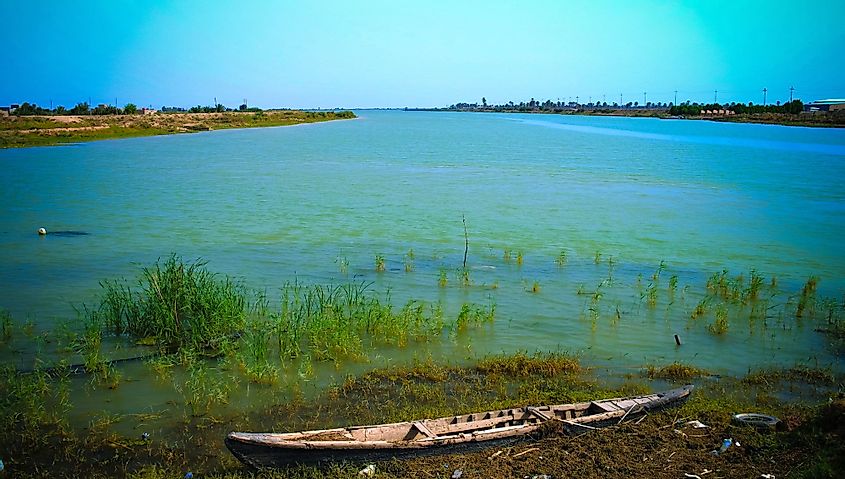
The Euphrates River rises at the confluence of the 450km long Western Euphrates (Kara Su) and the 650km long Eastern Euphrates (Murat Su) in the Armenian Highlands of southeastern Turkey. The river then descends between the major mountain ranges of the Taurus Mountains into the Syrian Plateau, from where it flows through the middle and western parts of Iraq. The Euphrates and Tigris rivers meet in the town of Al-Qurnah to form the 200km long Shatt al-Arab in the southeastern part of Iraq, which then empties into the Persian Gulf.
Throughout its course, many significant small tributaries empty into the Euphrates River. The 100km long Balikh River and the 486km long Khabur River join the Euphrates River on the left bank, while the 108km long Sajur River joins the Euphrates River on the right bank. The Euphrates River drains an area of approximately 500,000 sq. km, of which 28% is shared by Turkey, 22% by Syria, and 47% by Iraq. According to some estimates, a small percentage of the river’s drainage basin is also located within Saudi Arabia (2.97%) and Jordan (0.03%). The Euphrates River discharges an average volume of 356 cubic meters of water per second and a maximum volume of 2,514 cubic meters of water per second.
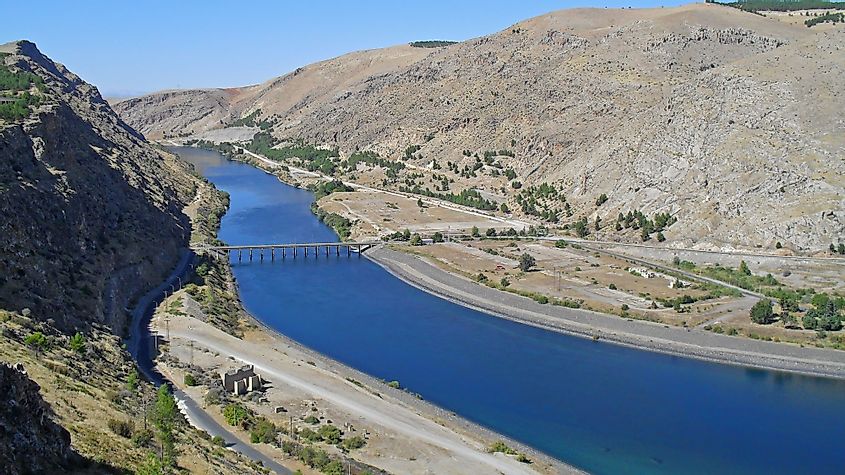
Several barrages and dams have been constructed on the Euphrates River for the generation of hydroelectric power as well as to control floods and droughts. Some of these significant barrages and dams include the Hindiya Barrage, Ramadi Barrage, Fallujah Barrage, Haditha Dam, Tabqa Dam, Baath Dam, Tishrin Dam, Keban Dam, and Atatürk Dam. However, the construction of these dams and barrages have raised significant environmental concerns and have led to the inundation of large parts of the Euphrates River valley in Syria and Turkey.
Euphrates River Ecosystem
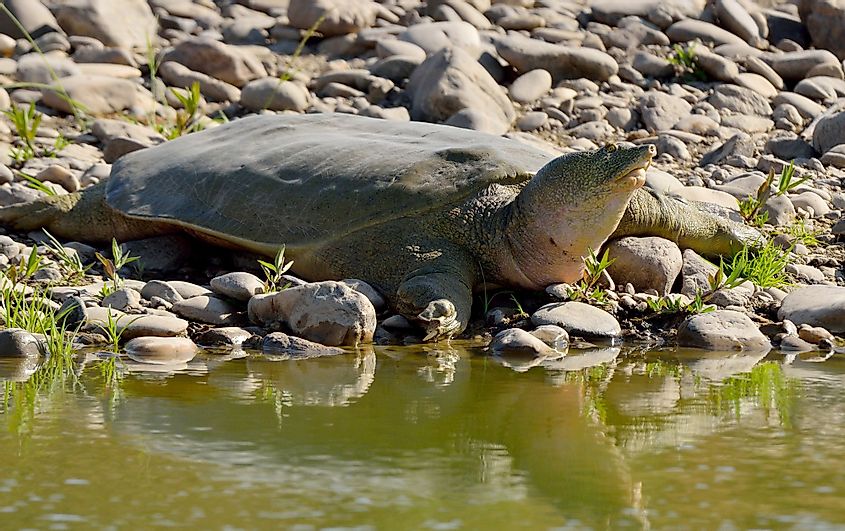
Along its entire course, the Euphrates River flows through many distinct vegetation zones. The vegetation along the river basin is strongly influenced by the rainfall patterns, which significantly decreases from the source to the mouth of the river. In the upper mountainous and hilly courses of the river, xeric woodlands are found that are characterized by many plant species like pistachio trees, oaks, and members of the Rosaceae family. In the southern part of this zone, an area of mixed woodland and steppe vegetation is found. In the lower reaches, the Euphrates River flows through desert areas. About 34 species of Cyprinid fishes are found in the Tigris-Euphrates River Basin. The endangered Euphrates soft-shelled turtle (Rafetus euphraticus) is endemic to the Tigris-Euphrates River Basin. However, due to human exploitation, many native animals of the Euphrates River Basin such as the gazelle, Arabian ostrich, onager, etc have become extinct or endangered in the river basin.
Brief History Of Euphrates River
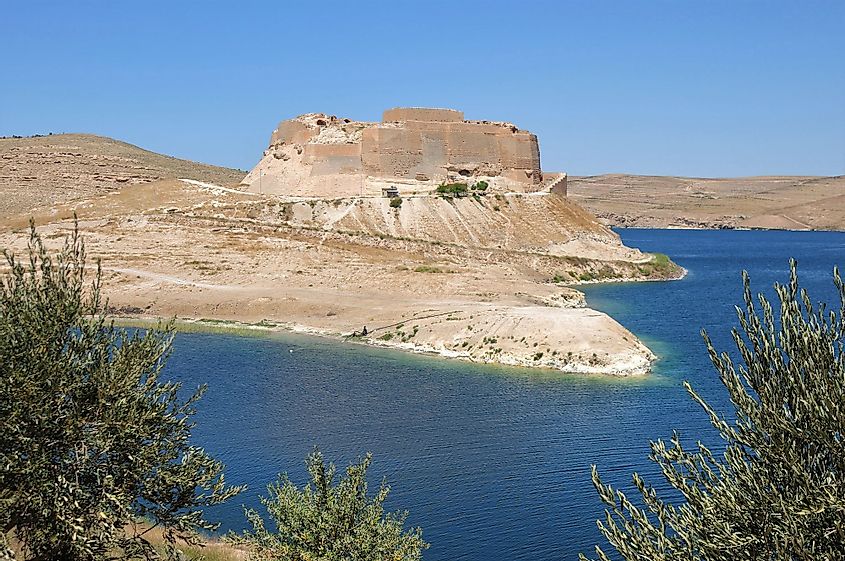
Along with the Tigris River, the Euphrates River has also been an important river since ancient times. The Euphrates River was initially referred to as “Perath” and has been mentioned in the Book of Genesis as one of the four rivers that flowed out of the biblical Garden of Eden. The Euphrates River has also been mentioned in the hadiths of Prophet Muhammad. The Tigris-Euphrates River basin served as a cradle of the ancient civilizations of Mesopotamia, Babylonia, Assyria, and Sumer. Early settlements were mainly restricted in the upper reaches of the Euphrates River basin in an area that was popularly referred to as the Fertile Crescent. Many ancient cities including Nippur, Uruk, Ur, Adab, Kish, Mari, Eridu, Sippar were located along the course of the river. The banks of the Euphrates River also served as the site of the Battle of Karbala in 680 AD. For several years, the Euphrates River formed the eastern limit of the Roman control and the western regions of the Persian Empire. Both the Tigris and Euphrates Rivers have been a cause of serious political tension between the countries of Syria, Iraq, and Turkey for assuming control over the waters of the rivers for irrigation and generation of hydropower.
